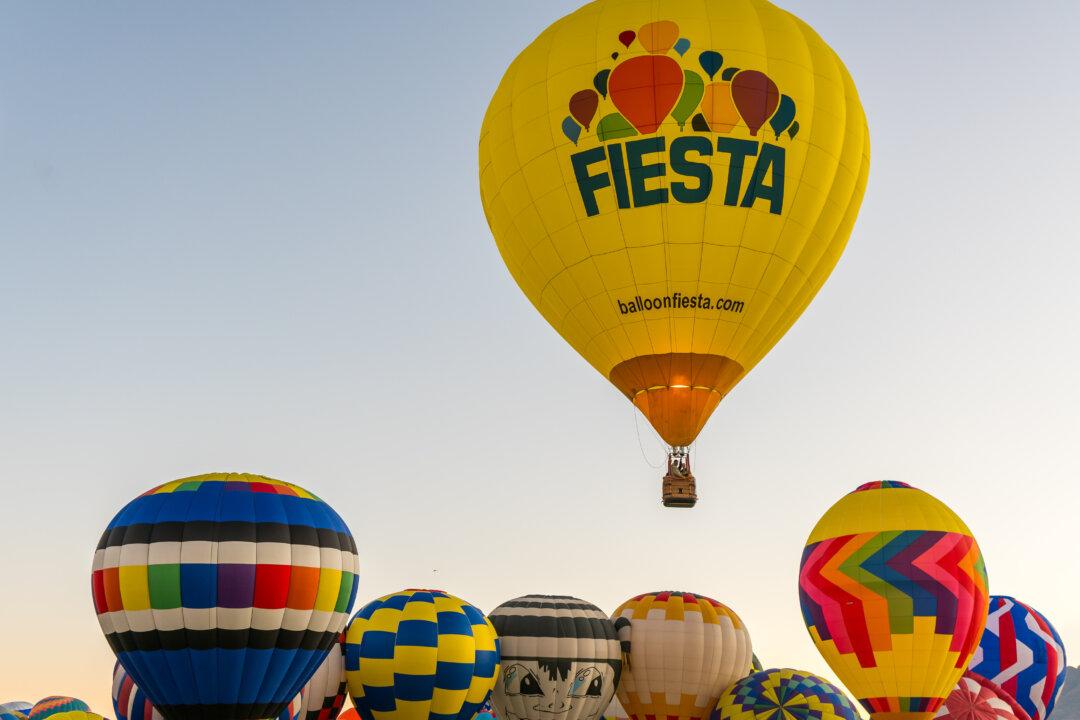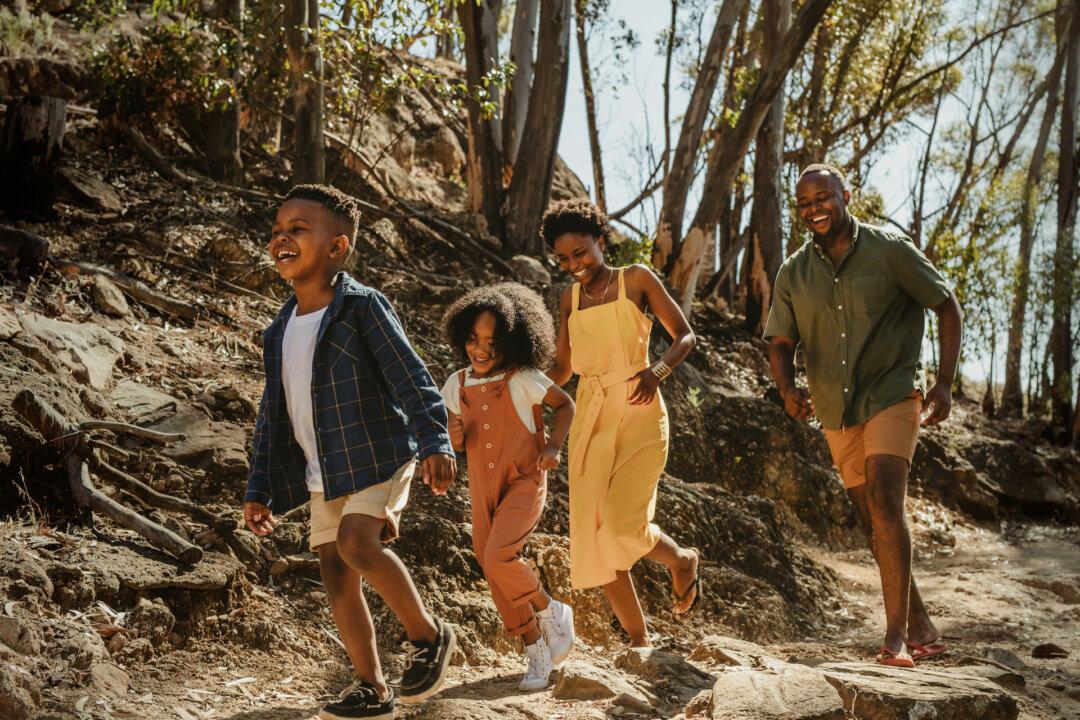Yes, children two and under can fly free on your lap, but the FAA says, “The safest place for your child under the age of two on a U.S. airplane is in an approved child restraint system (CRS) or device, not in your lap. Your arms aren’t capable of holding your in-lap child securely, especially during unexpected turbulence, which is the number one cause of pediatric injuries on an airplane.” The FAA shouted out the message in a social media campaign during the past holiday season.
Older children up to 65 pounds are also safer in cases of turbulence in a safety seat, said Dr. Ben Hoffman, the president elect of the American Academy of Pediatrics and a professor of pediatrics at the Oregon Health & Science University. “At the end of the day, you are going to need it anyway when you get there,” he said.
Turbulence accounted for 37.6 percent of all accidents on larger commercial airlines between 2009 and 2018, according to a 2021 report from the National Transportation Safety Board. The Federal Aviation Administration released data last year showing 146 serious injuries resulted from turbulence from 2009 to 2021, the Associated Press reported.
Just recently a Lufthansa flight from Texas to Germany reported severe turbulence and was diverted to Virginia’s Washington Dulles International Airport. Seven people were taken to the hospital. Matthew McConaughey and his wife Camila Alves McConaughey were on the flight. “Everything was flying everywhere,” Alves McConaughey posted on social media. “The plane was chaos.”
Also this month, a woman flying on a private plane in New England was killed as a result of severe turbulence.
This, just as many families are heading off on spring break and flying with toddlers for the first time after COVID grounded everyone. According to the latest American Travel Sentiment Study, 26 percent of American travelers report they will be taking off in the next sixty days.
However, according to a 2021 report from the National Transportation Safety Board, airlines don’t necessarily make it clear that young children are far safer restrained in safety seats — even when parents are checking them to use in cars on arrival. The NTSB recommended the development of a program that would educate parents and caregivers about the importance of the use of safety seats and a study to see why parents don’t use safety seats.
And while young children are far safer restrained in FAA-approved safety seats on a plane, Dr. Hoffman noted that there is a far greater chance of getting in a car crash than experiencing severe air turbulence, should families opt to drive rather than pay for an extra plane ticket.
The US House Transportation and Infrastructure Committee will develop a comprehensive aviation bill this year that will address FAA safety programs and policies related to consumers, a spokesman said. A hearing on consumer related issues will likely be held in the coming weeks. “I don’t know if the issue (of safety seats on planes) will come up but I think it’s possible,” the spokesman said.
It’s simple economics why parents don’t use safety seats on planes. “The last three flights we didn’t buy a seat because of the cost, even though I read it was safer in a safety seat,” said Meghan McCloskey, mom of a toddler who lives in Denver. “We thought we should take advantage while he’s still free.”
Especially with a young baby who is nursing, it can be easier to keep the baby on your lap, suggested Melissa Miller, who lives in Boise, Idaho. Now that her daughter is two, she is grappling with whether to bring a safety seat on their next flight, especially if she can borrow one on arrival from family or friends.
McCloskey added like other new parents, she and her husband have been “overwhelmed” by the logistics of traveling with all the baby gear “so a separate safety seat seemed like yet one more thing to schlep.”
Dr. Hoffman notes that young children are used to being in a safety seat in a car and will be more comfortable than in a large (for them) plane seat.
Experts suggest that young children are used to being in a safety seat in a car and that can work to parents’ advantage on a flight.
Even when parents opt to purchase a seat, they don’t necessarily bring a safety seat on board. New Hampshire mom Jamie Schaer bought a ticket for her son Robbie on a cross-country flight because he was nearly two and the flight was long. But she didn’t bring a safety seat on board and she held him on her lap for takeoff and landing. “No one said anything about a safety seat,” she said.
Being seated with the seat belt fastened is the most effective way to prevent a turbulence-related injury, the NTSB says. However, unexpected turbulence can occur when passengers have been given permission to move about the cabin.
One passenger among those injured on a flight to Honolulu last year reported she had flown into the ceiling of a restroom and slammed into the ground on the Hawaiian Airlines flight. She was quoted as saying it was “the most terrifying experience I’ve been through in my whole 40 years of life.”
Over the span of two days in December, that flight to Honolulu and a flight to Houston resulted in injuries to 41 people, according to the AP.
There were injuries last summer on a flight to Nashville and injuries to crew members on three separate flights to Detroit, Miami and Columbus, the NTSB reported.
If you are going to use a safety seat, make sure it’s approved by the U.S. government and has “This restraint is certified for use in motor vehicles and aircraft” printed on it or is approved by a foreign government and bears the required label or marking. The FAA prohibits booster seats. The website HaveBabyWillTravel reviews safety seats for air travel.
An alternative is AmSafe’s Child Aviation Restraint System (CARES) ($83.95) which is FAA certified for children who are up to 40 inches tall and weigh between 22 and 44 pounds — the only child safety device that is certified by the FAA as a car seat alternative. It weighs less than a pound, comes with a stuff sack, and is used with the airline seatbelt. However, the AAP’s Dr. Hoffman noted that the device goes over the seat, which might impede the use of a seat tray for the passenger behind. “I’ve been on planes where the passenger wouldn’t let parents use it,” he said.
Still, the schlep factor remains a huge deterrent as is the price of another plane ticket. Melissa Miller noted that once the airline broke their checked car seat and another time, their rental car was stolen with the car seat inside. “It’s a liability regardless of what we do,” she said.
“Parents have a lot of questions about this,” observed Dr. Hoffman. “How concerned are you … everyone will have a different perspective.”





